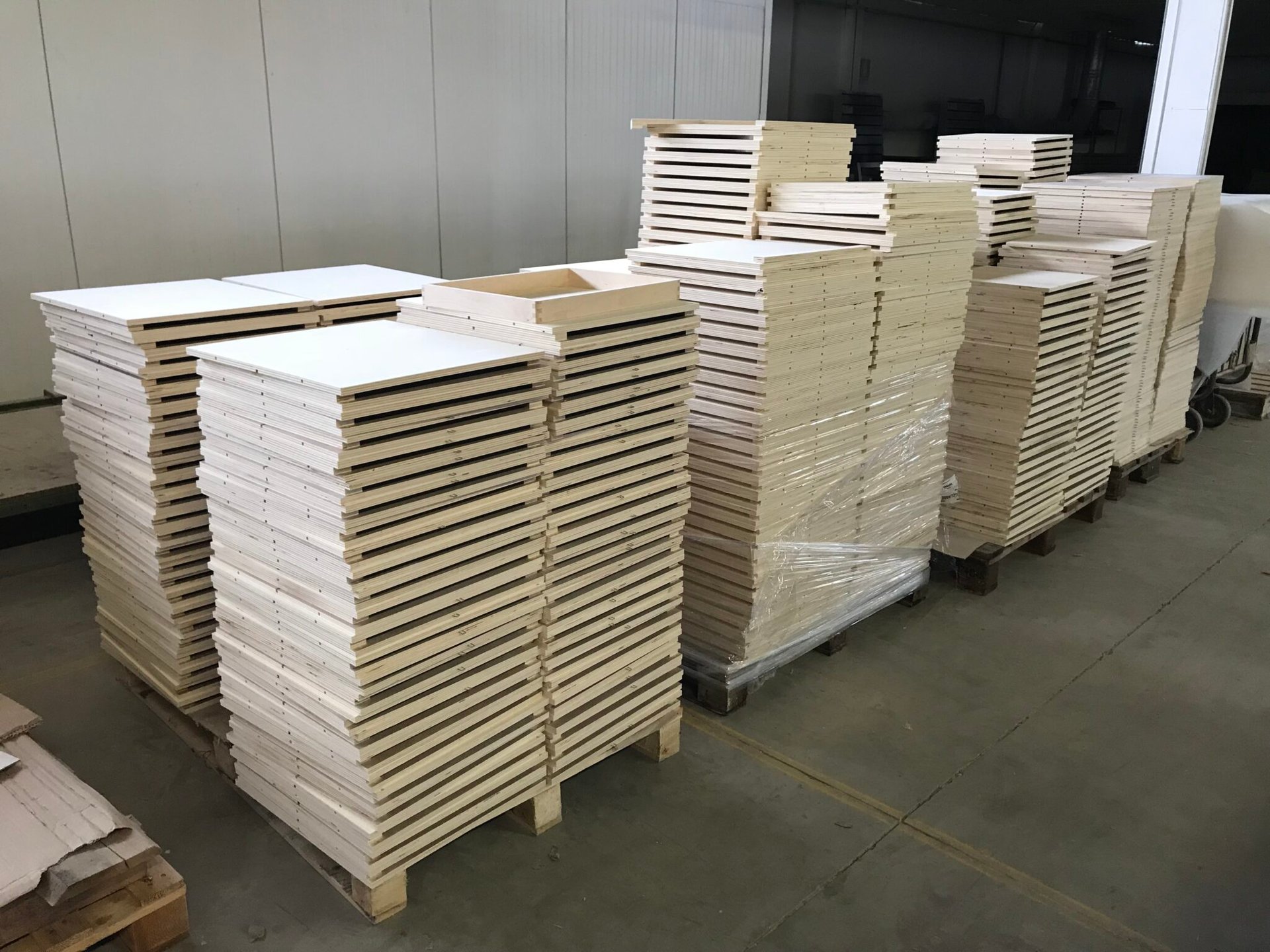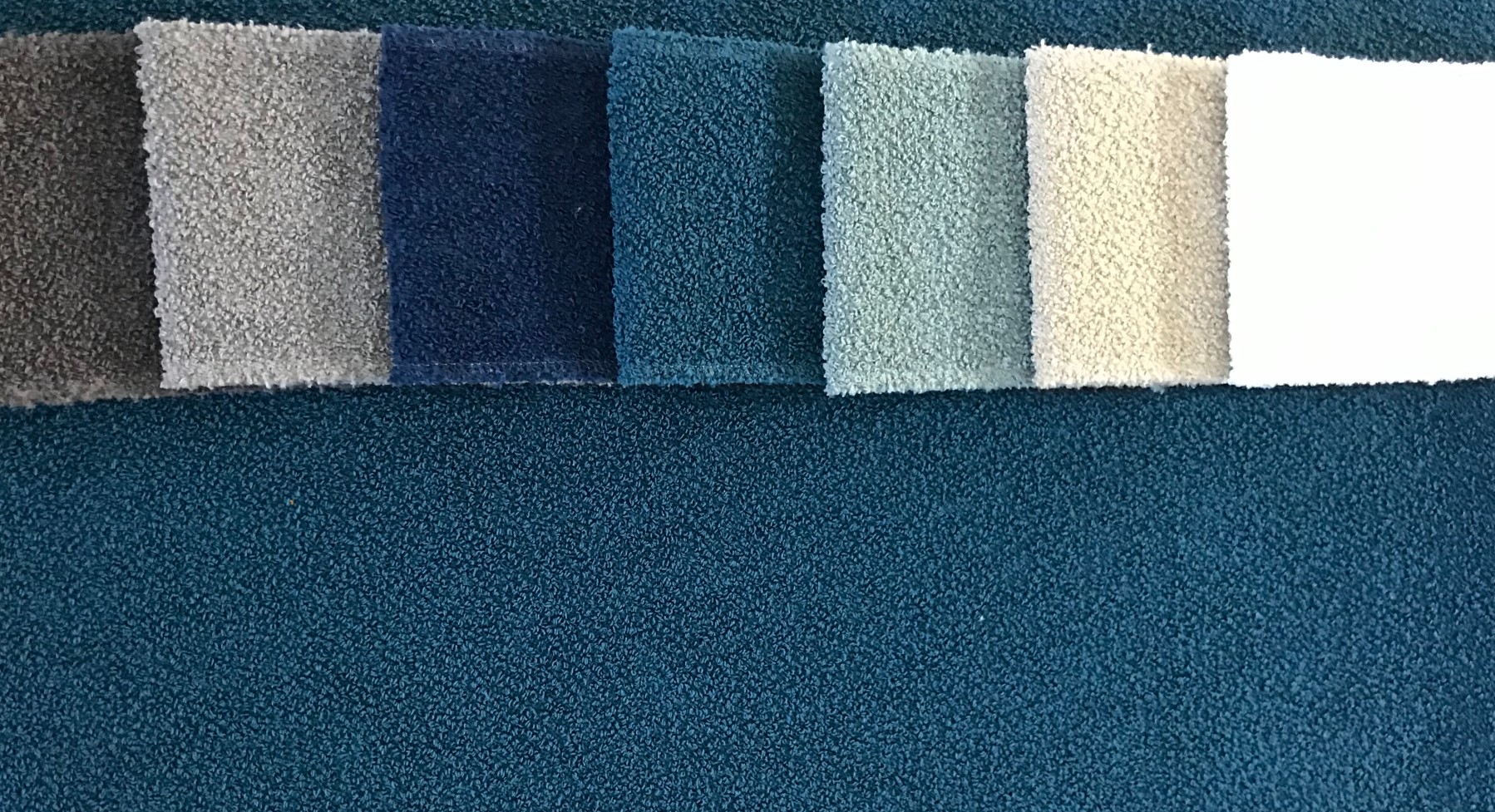The strong times of crises we are experiencing brought to light our dependence on raw materials.
The price increases and the lack of raw materials are re-waking us from our numbness. We have finally become conscious of how intensive exploitation can cause serious consequences mainly on the environmental level.
All this leads us to a reflection. Today we ask ourselves: what can we do without raw materials?
Sustainable approach as a safeguard to raw materials
At the moment, there is a high potential for improvement, even if we feel that we haven’t found a concrete answer yet.
Dialogue, questioning, discussing, getting information, making mistakes and learning is what allow you to improve, grow, take responsibility and not give up. Above all, we must act, believing that there is always a solution and this makes the world an ocean of infinite possibilities.
The previous article ended with a small provocation: an invitation to seek or at least reflect on alternative ways of designing furnishing accessories. That is to say, to take into consideration different procedures that already exist, but which we are not used to considering.
Have you ever walked on a street several times without noticing a particular detail? Exactly… that’s it. Every discovery generates surprise and every surprise is a discovery in itself, but it does not necessarily represent something new. For this reason, we like to talk about rediscovery.
The present time is leading precisely to this, to a new concept of growth, seen in a sustainable logic. In fact, more and more companies are heading towards conscious development and the universe of materials is no exception.
The rediscovery of materials for production
Let’s think about the chair, our speciality, the product that is most important to us and also our passion. In particular, we will refer to some of its main ingredients: wood, metal and fabric.
Easy, right? And what if we told you that there are other materials, identical to these, but different? They are the so-called new materials.

Let’s make an example. Fabric is widely used when creating a chair, especially when considering upholstered items.
Currently, two types of sustainable fabrics are becoming more and more widespread: those made from the recycling of PET plastic bottles and those coming from the recycling of clothes.
Wood, on the other hand, deserves a small separate note. It is known as one of the most sustainable materials ever, but this is not enough. It must, in fact, be certified and come from responsibly managed forests, and this not only environmentally but also from the social and economic point of view. It is precisely for this reason that FSC certification is fundamental. That is why we like to define it as responsible wood.
Responsible use of materials
It is hard to replace raw materials completely, but it is certainly possible to limit their exploitation and to give life to a process of responsible use.
We have identified the actions to start with:
- Valuing reuse. Giving a second life to existing materials and products, thinking carefully before throwing them away. Starting from what we already have, in fact, it is often possible to create something new and innovative.
- Using materials originated from the recycling of others: this is the beginning of a new approach that develops right from the design stage and that belongs to the logic of eco-design.
- Putting innovation at the service of sustainability, in particular thinking about the use of 3D printing for some components, in order to use only what is really necessary.
Another way to make conscious design
This is only some food for thoughts that we want to share with you. However, the principle that drives everything is always the same: conscious design. That is to say, being able to optimise the consumption of raw materials and other materials, guaranteeing maintenance and durability over time, while fully respecting the environment and what surrounds us.
So, what can we do without the raw materials? This famous quote summarises the concept pretty well:
“Do what you can, with what you’ve got, where you are”
Theodore Roosevelt
We can do our best wherever we are, without taking more than what is given to us. Always.
Contact us to find out more.




